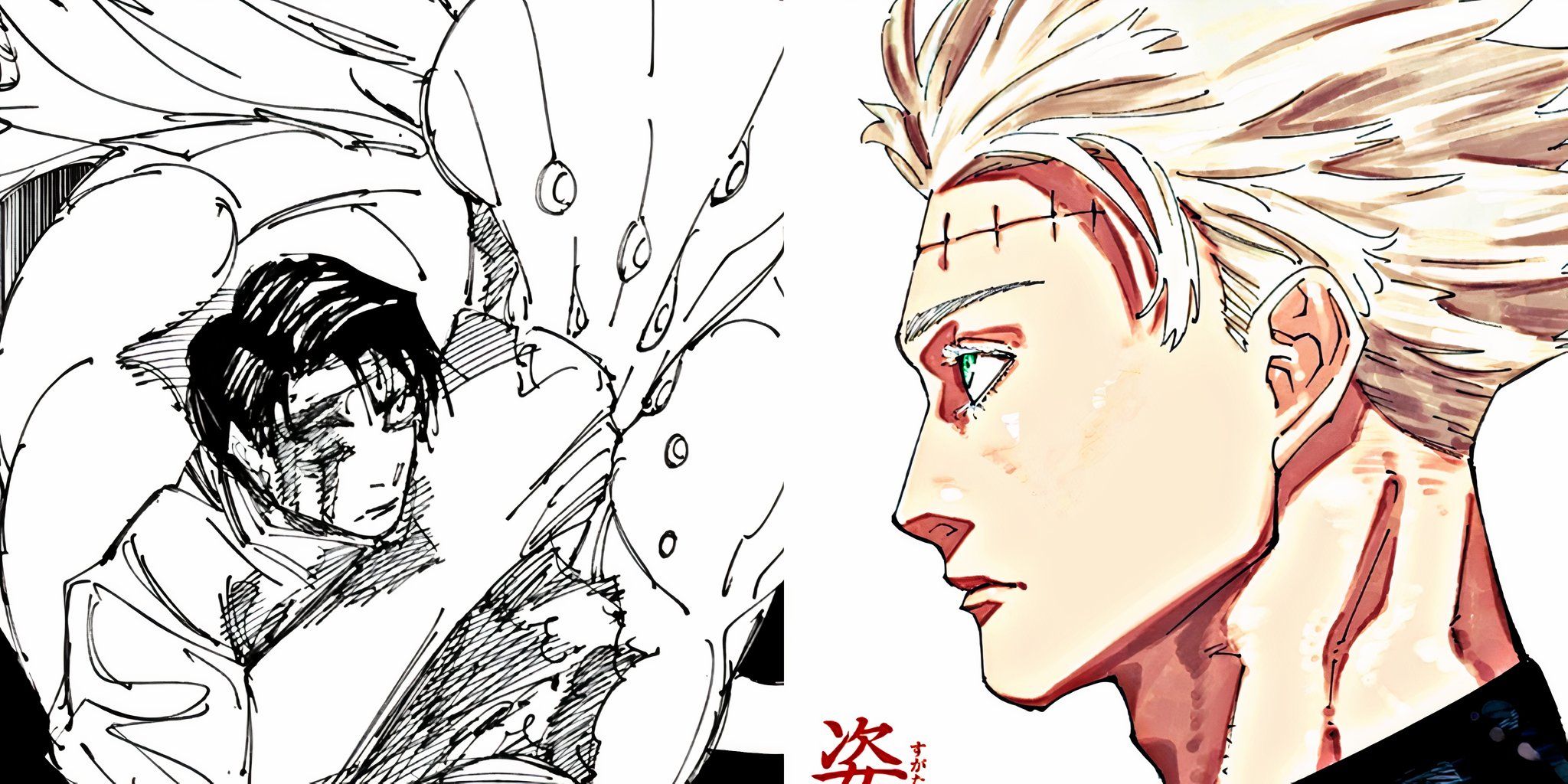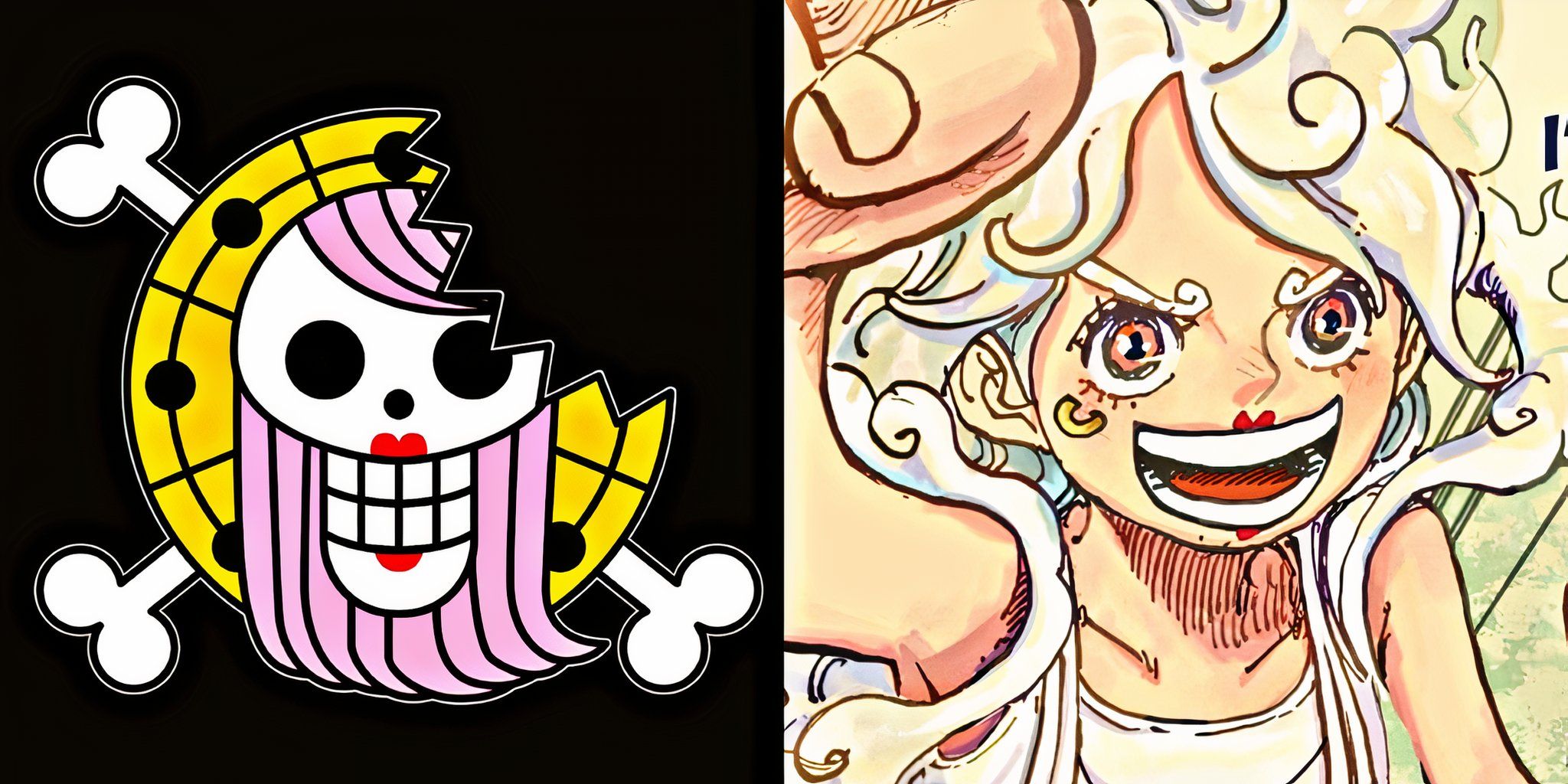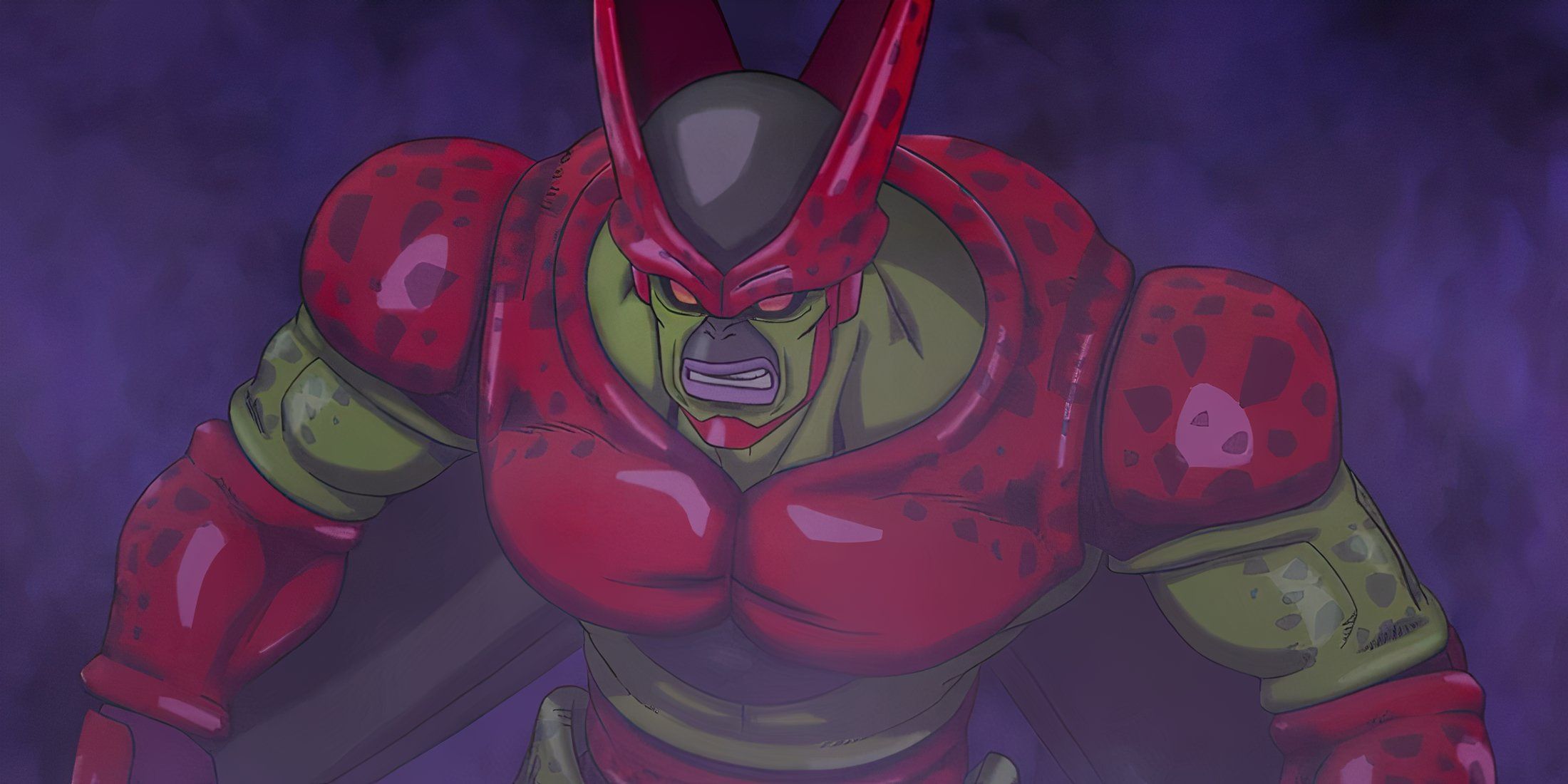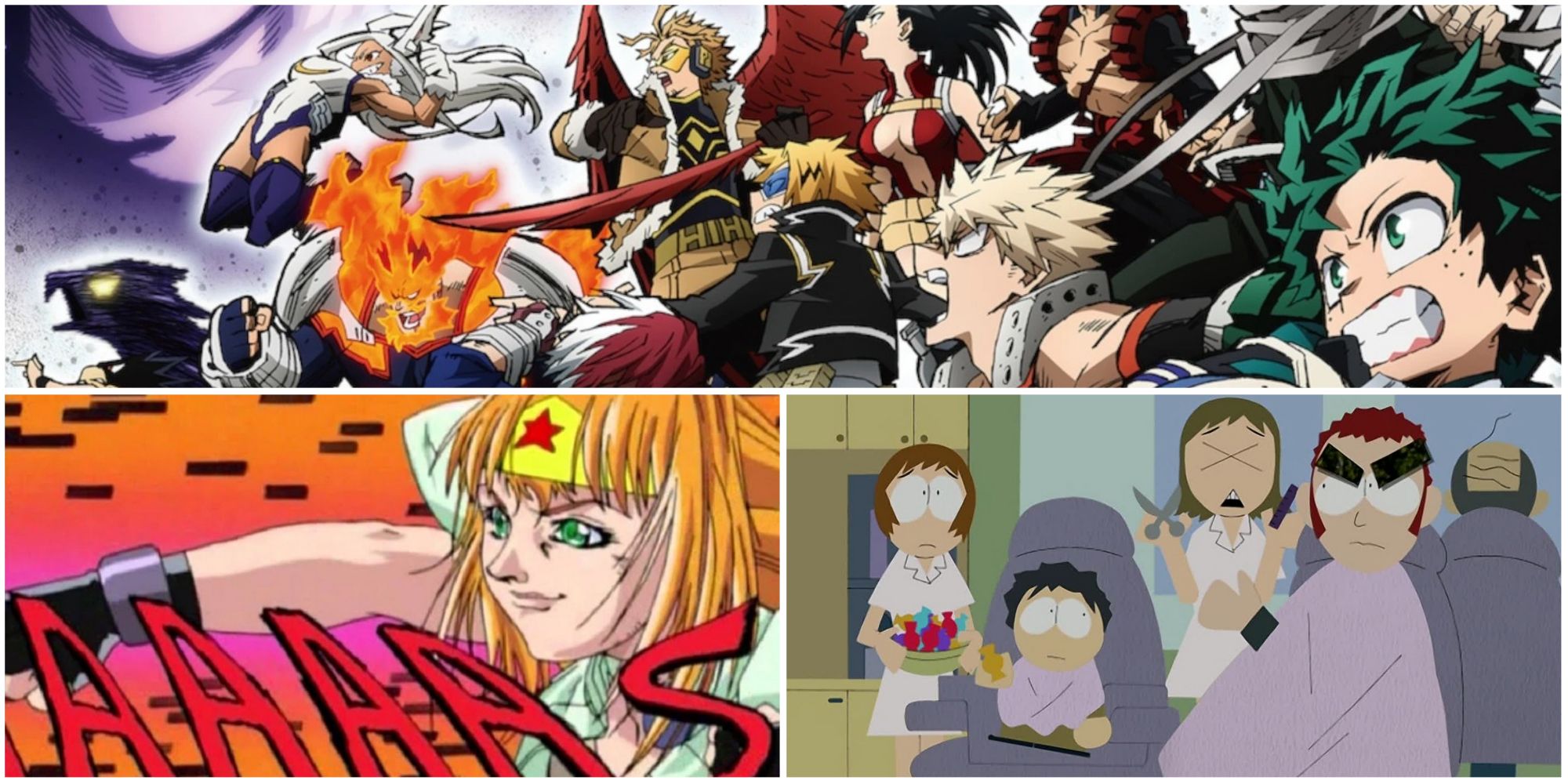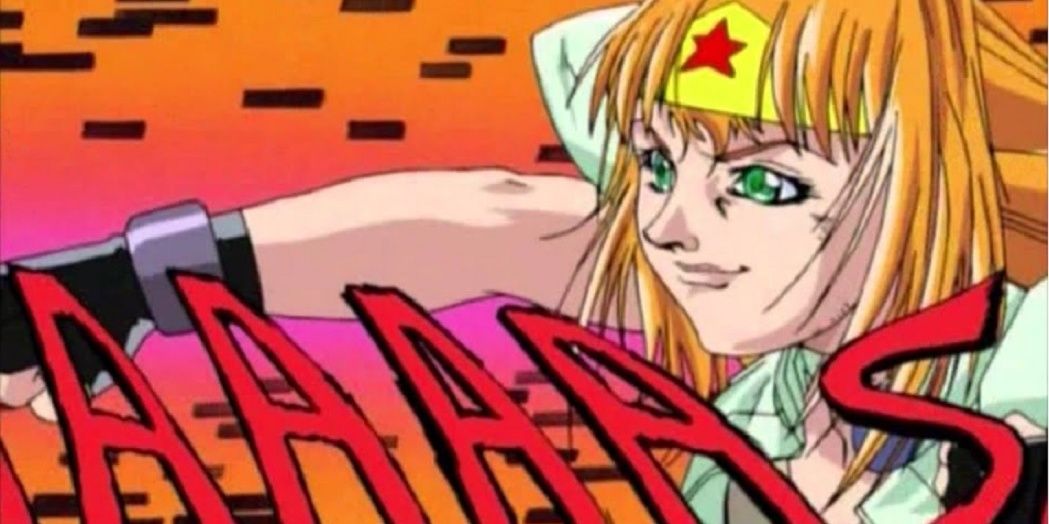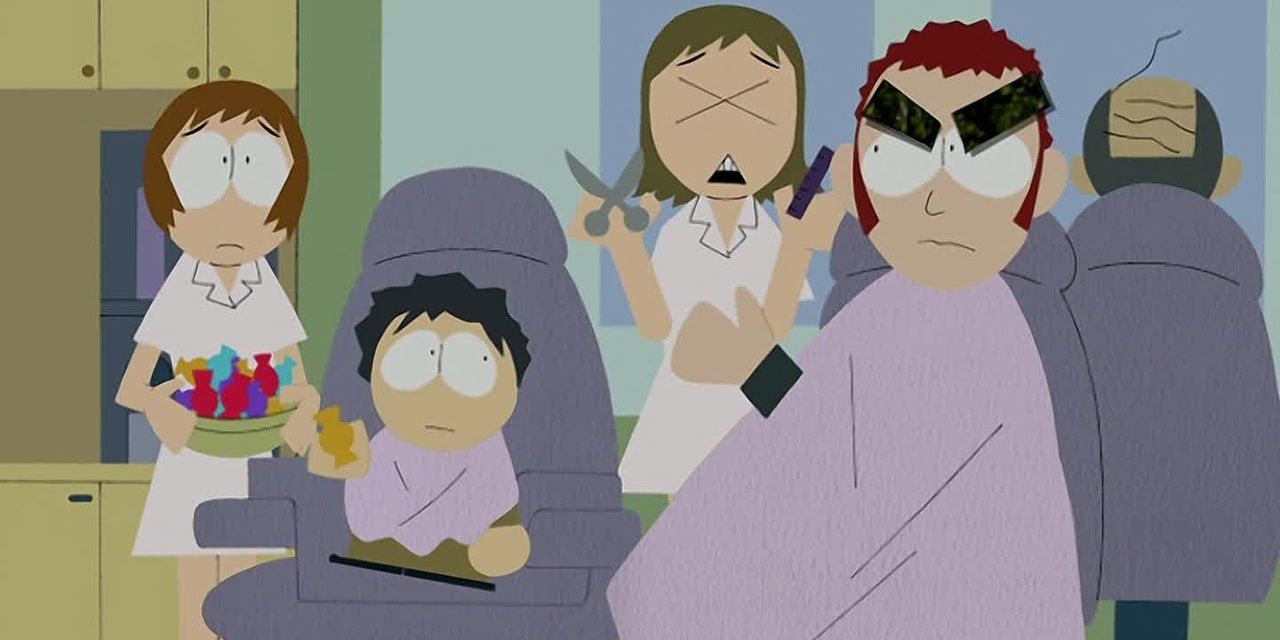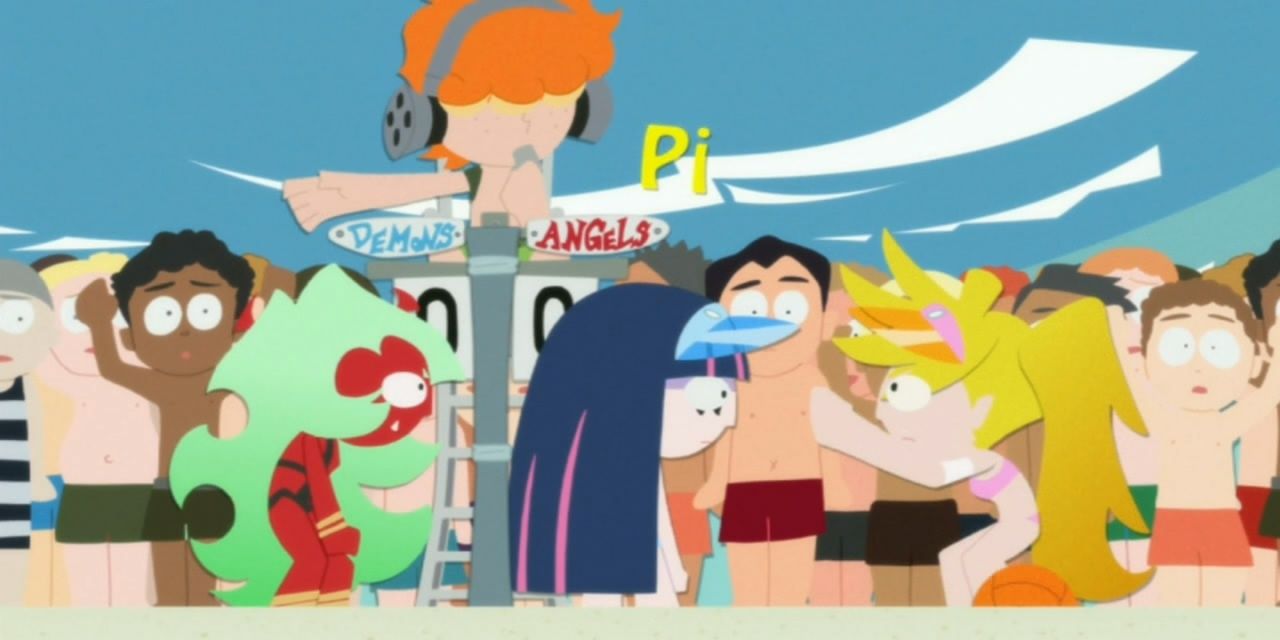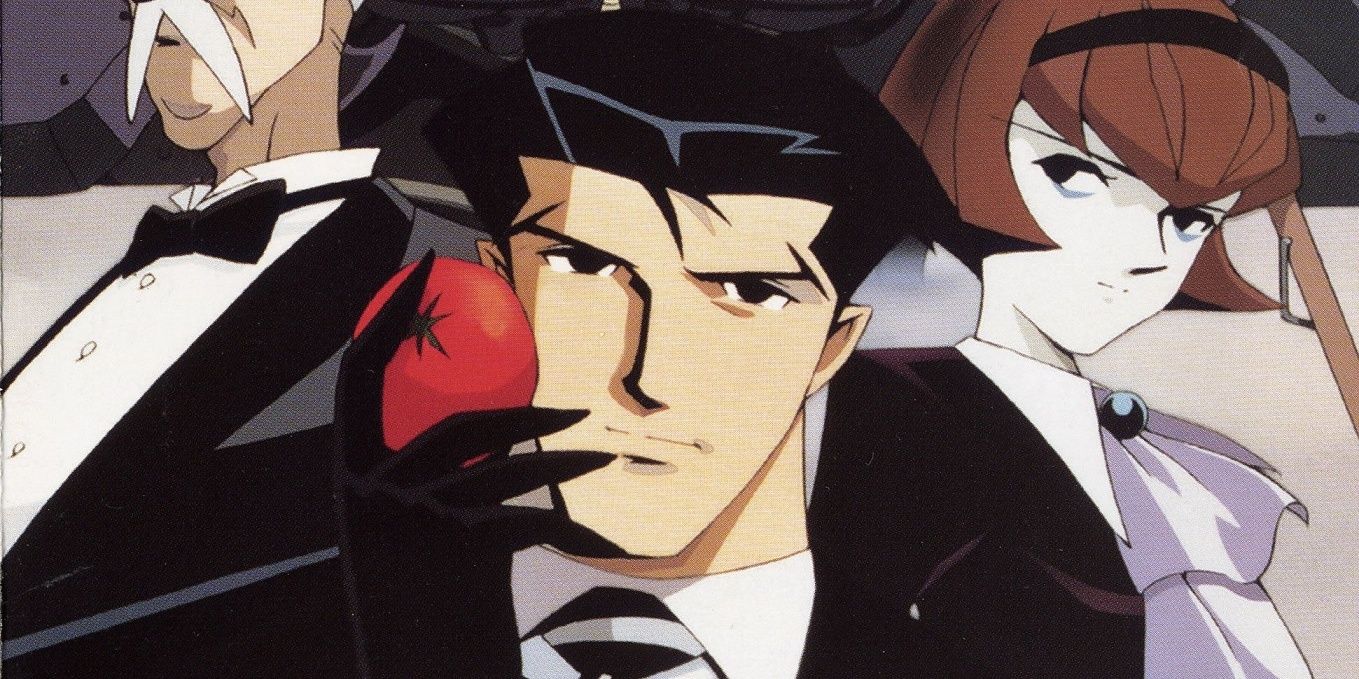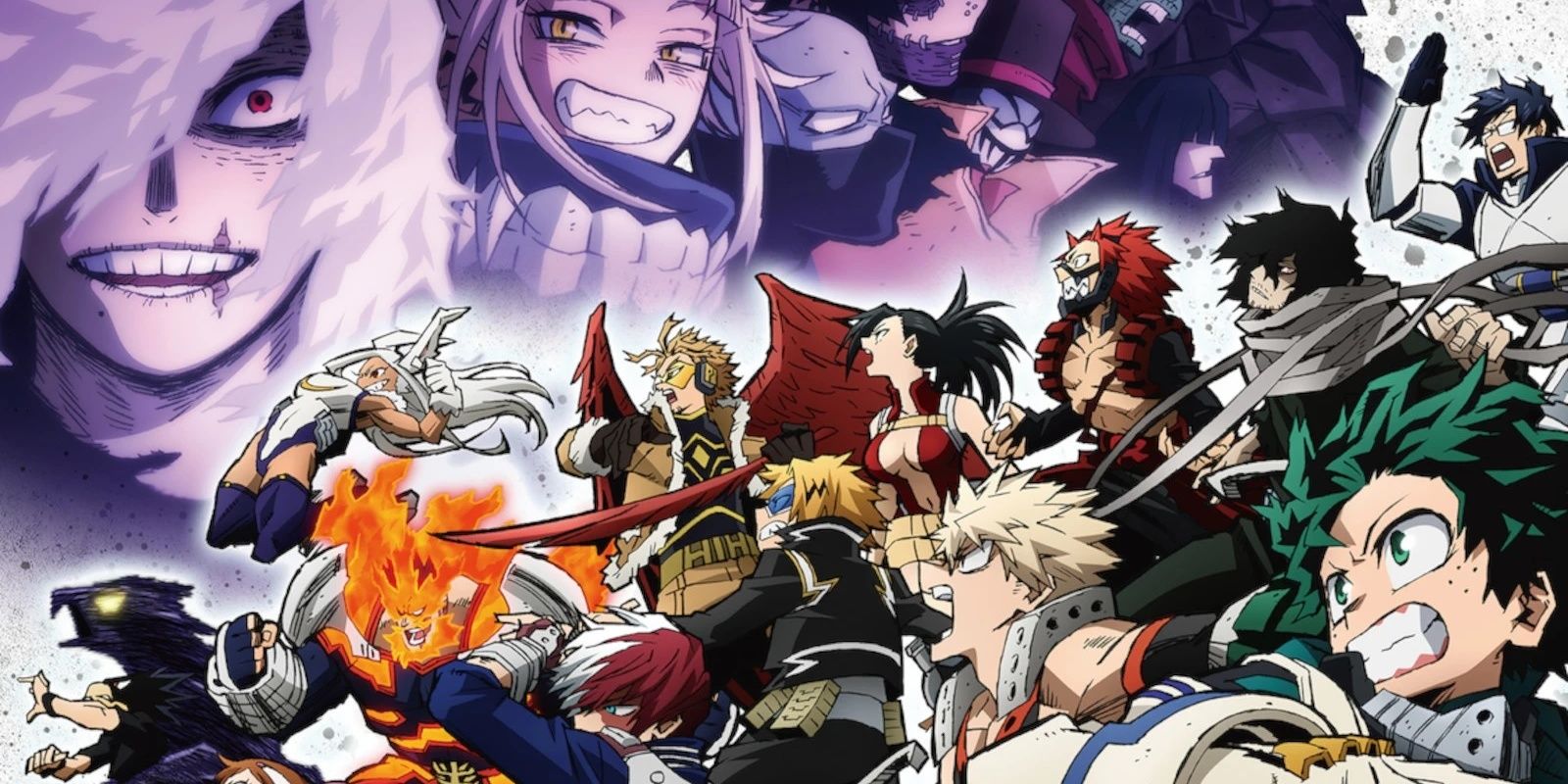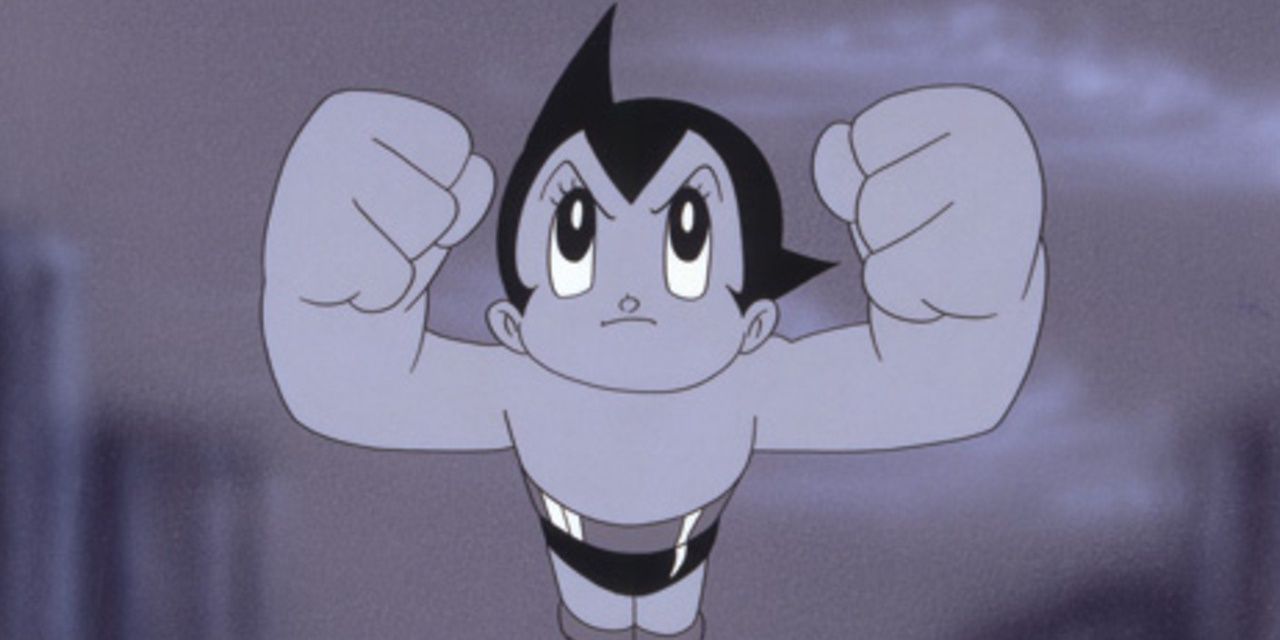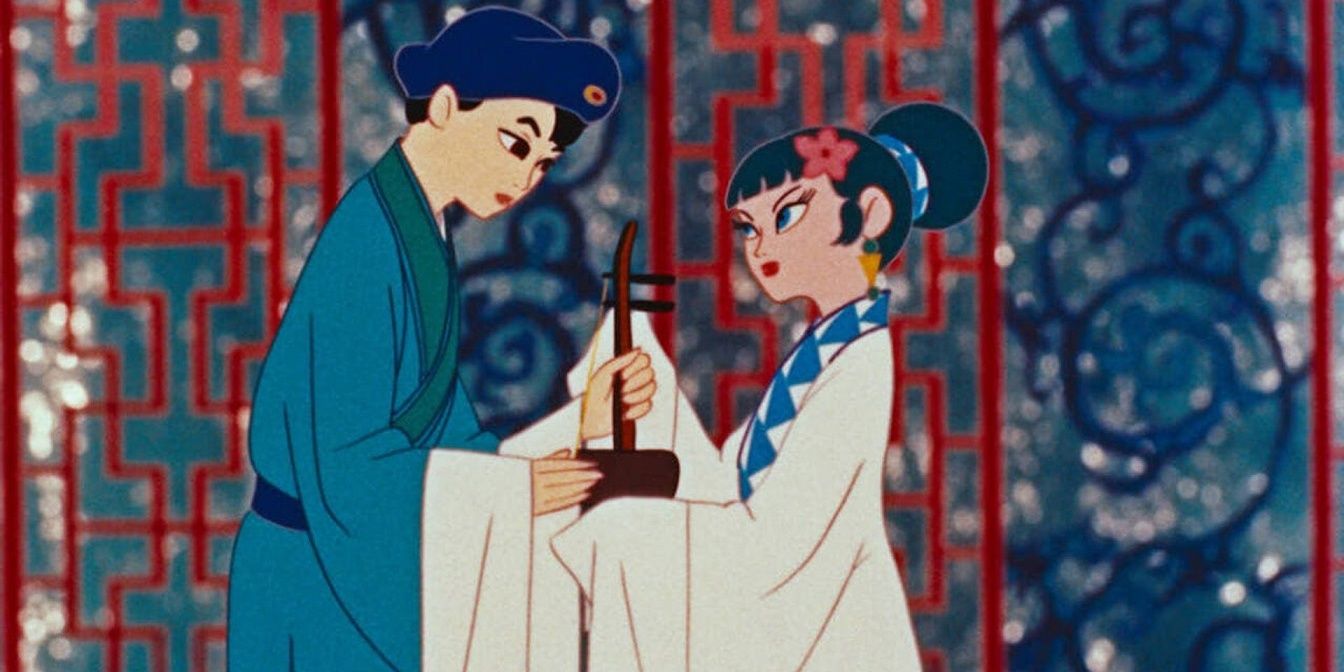Japanese animation has had a place in Western animation ever since production companies needed to outsource the actual drawing and frame arrangement. While older cartoon fans can recall imports like Gigantor, Speed Racer, Voltron, and Robotech, it wasn’t until the late 1980s and 1990s that anime gained an identity of its own.
Nowadays, it’s fairly easy to see which Western shows took inspiration from anime. Teen Titans (both original and as Teen Titans Go), Totally Spies, Steven Universe, and more aren’t shy about using anime tropes and styles. But it’s not a one-way street, as anime has been influenced by the West in turn.
7 Excel Saga Episode 17: "Animation USA"
The clue’s in the title here. Il Palazzo sends his ACROSS agents Excel and Hyatt over to the US for a recon mission. It doesn’t go so well thanks to Excel’s limited knowledge of English. Not that the locals seem to know much beyond curses. The episode has some funny gags about animation in general, like Hyatt foiling a young cel animator’s dreams by bringing up digital production.
But the climax sees Japanese and American animation join forces to defeat the Mafia. They turn into Simpsons-esque caricatures before the might of Excel’s Wonder Woman-like transformation. She takes out her foes with comic book-style POW effects, though her ‘Western’ look resembles those Christopher Hart ‘How to Draw Manga’ books than DC Comics.
6 FLCL Episode 5: "Brittle Bullet"
FLCL used to be a small cult classic of just 6 episodes. Now it’s expanded to two more ‘Progressive’ and ‘Alternative’ seasons, two more upcoming ‘Grunge’ and ‘Shoegaze’ seasons, and two films. Still, that niche first season from 2000 retains its weird, indie charm. Mainly because it still sticks out compared to other anime both at the time and today. One example of this is in Episode 5, ‘Brittle Bullet’.
Haruko pulls Naota into a duel by getting affectionate with him, just to inflame Kamon’s jealousy. It’s during one of these duels that Commander Amarao, in an otherwise tense phone call, randomly turns into a South Park character while asking his hairdresser to make him look cool. According to the Japanese commentary, the staff did it just because they liked the show as this offbeat, random comedy cartoon. Rather like FLCL itself.
5 Panty & Stocking with Garterbelt
The staff behind Panty & Stocking with Garterbelt also took inspiration from South Park, and other adult animation shows like Drawn Together. That, and a drunken night in while coming up with weird concepts they wanted to animate. Still, they wanted to do something crude, crass, and with a touch of sass like those shows. Which they certainly achieved.
The show follows two fallen angels with amorous interests defending Daten City from ghosts by turning their underwear into weapons. The art style does resemble vibrant cartoons like Dexter's Laboratory and The Grim Adventures of Billy & Mandy, or like the animated musical band Gorillaz. But episode 9, ‘If the Angels Wore Swimsuits’, did randomly switch to a South Park style when Panty botches in volleyball.
4 The Big O
While Sunrise has cited many different influences on this mecha anime, some stand out more than others. Sure, the actual Big O mech may link more to Giant Robo or tokusatsu shows like Super Robot Red Baron. However, Sunrise also worked on Batman: The Animated Series, and The Big O shares a lot of parallels with The Dark Knight. Lead protagonist Roger Smith is a suave playboy a la Bruce Wayne, with his own personal Batmobile-like car called ‘The Griffon’.
He also has an aversion to guns, but more due to his gentlemen’s code than a past trauma. Like Batman, he has a faithful butler called Norman, and a Commissioner Gordon-like figure in cop Dan Dastun. It’s different enough to not be a 1:1 clone (his ‘Robin’ is a robot girl called Dorothy), but there are plenty of dots to join between Batman and The Big O.
3 My Hero Academia
While My Hero Academia’s influences weren’t strictly animated, it was certainly inspired by Western art styles. Kōhei Horikoshi’s manga and subsequent anime takes inspiration from Eastern sources like Ultraman, Kamen Rider, and Dragon Ball. Yet its vibrant palette and superhero designs also resemble those from Marvel, DC Comics, and their film adaptations.
The series has certainly placed many references to them throughout its run, be it Toga wearing Bane’s mask from The Dark Knight Rises, or characters doing poses identical to Spider-Man and co. Some characters directly resemble their source material, like Rikiya Yotsubashi's Joker-like looks. One of the strongest examples is Twice recounting how he became a villain. Like the Joker in The Killing Joke, it comes down to “just one bad day”.
2 Astro Boy
Though technically, all anime is inspired by Western animation as Western studios were some of the first and most widespread examples of the medium. For example, the ‘Godfather of Anime’ Osamu Tezuka created some of the most influential manga and anime. Astro Boy set the trend that all subsequent mech and shonen series would follow, not to mention video games like Mega Man. However, some of his stylistic choices came from Western sources.
Why do anime characters have big eyes? Because Mickey Mouse, Betty Boop, and other Disney and Fleischer cartoons used them. Their DNA can be seen in Tezuka's other artistic features too, like the button eyes or rounded figures and noses. Even his page layouts took inspiration from cartoonist Milt Gross. It goes to show that, while nothing comes from a vacuum, things can evolve in very different directions afterwards.
1 Hakujaden
This 1958 movie might be obscure outside Japan, yet without its success the anime industry today would be very different. Also known as The White Snake Enchantress or Panda and the Magic Serpent, it was Toei Animation’s first theatrical release, and the first color anime movie too. It required over 13,000 staff to create, of which only two were voice actors. All so Toei could match Disney and their success with similar projects like 1937’s Snow White and the Seven Dwarfs.
The effort worked out for them too, as Toei Animation would become one of the biggest animation studios in Japan. They gave anime pioneer Rintaro his first job as an in-between animator, and its success would attract future legends like Hayao Miyazaki to the company. In other words, without Hakujaden, there would be no Studio Ghibli, Studio Madhouse, or Dragon Ball, One Piece and Sailor Moon shows as people know them.

